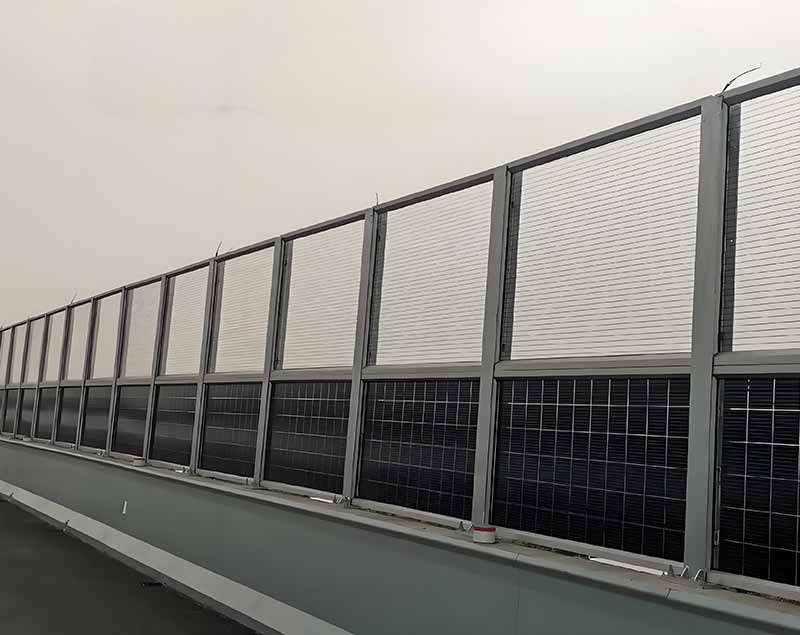In today's fast-paced world, speed has become the new norm. Fast decision-making, quick execution, instant service, and immediate response are no longer just advantages—they're expectations. Universal internetization has emerged as a powerful enabler in this fast-moving era, creating seamless connections that bring people closer than ever before. The concept of "zero distance" is now a reality, revolutionizing how businesses interact with their customers. With real-time communication at our fingertips, companies can now engage with clients anytime, anywhere, making real-time service the new standard in customer support.
However, traditional enterprises often focus on post-service outcomes, identifying problems after the fact, analyzing causes, and then working to improve processes and provide feedback—this process takes time and falls short of meeting the demands of the mobile internet era. In an environment where speed is key, reacting step by step is no longer sufficient. It’s becoming a thing of the past. Instead, instant connection and real-time service have become essential tools for businesses to thrive in this competitive landscape.
Enter ITS (In-Time Service), a real-time service model that leverages the concept of instant connection. By identifying customer needs in real-time and determining the optimal moment and scenario for engagement, ITS helps customers achieve their goals more effectively, thereby enhancing satisfaction and improving overall service quality. This section will explore the ICC Instant Connection Concept, the ITS real-time service model, and its practical applications in detail.
The ICC Instant Connection Concept focuses on delivering personalized service at the exact moment a customer interacts with a channel. It adapts to the growing demand for individualized experiences, drawing from the MassCustomization marketing approach introduced by Davis in the mid-1990s. This strategy emphasizes tracking consumer preferences and adjusting services dynamically to meet future needs. Later, professors like Raymond Yeh at the University of Texas and Keri Pearlson expanded on this idea with the concept of the “zero-hour†company—a business that can meet customer needs instantly. The five pillars of a zero-hour company include zero value gap, zero learning gap, zero management gap, zero process gap, and zero internal gap. These principles guide companies toward agility and responsiveness in a rapidly changing market.
Examples such as Disney Resorts and Ritz-Carlton showcase how companies can deliver exceptional, customized service at the moment of contact. Their success lies in continuously monitoring customer behavior and quickly transforming it into meaningful, high-value interactions. In the mobile internet era, instant connection and real-time service are not just trends—they’re necessities.
The rapid growth of mobile internet has made online shopping and real-time interaction part of everyday life. Customers now expect convenience, speed, and personalization. However, this shift has also led to fragmented service experiences, with each interaction spread across multiple platforms. From browsing websites to checking social media reviews, customers often jump between channels, making it harder to find consistent information or make decisions. Their behavior is fragmented, and so are the touchpoints, making it difficult for businesses to understand and respond to customer needs in a unified way.
Moreover, the fast pace of modern life has reduced customer patience. If they encounter obstacles or get distracted, they may abandon the process entirely. According to iResearch Group, the average order conversion rate on major e-commerce platforms is only around 10%, with top sites like Taobao, JD.com, and others having rates of 9.7%, 6.3%, and 4.1% respectively. This highlights the urgent need for businesses to adapt quickly to shifting consumer behaviors and provide timely, relevant service to improve user experience and loyalty.
The ICC Instant Connection Concept (as shown in Figure 1) is built on the foundation of "instant connection and real-time service." It revolves around three key elements: instant data collection, real-time customer experience awareness, and immediate response to customer needs. By leveraging current connections, businesses can swiftly eliminate negative factors, address concerns, and facilitate successful transactions. At the same time, it emphasizes the principle of appropriateness—finding the right moment and method to connect with customers, ensuring that service is engaging rather than intrusive, and fostering genuine relationships instead of mere sales tactics.

Photovoltaic(PV)noise barriers,also known as"noise barriers with integrated solar panels"or"solar noise barrier,"combine noise reduction infrastructure with renewable energy generation. These systems are increasingly being deployed along highways,railways,and urban areas to mitigate noise pollution while generating clean electricity.

How Photovoltaic Noise Barriers Work
1. Dual Functionality
-Noise Reduction:Acts as a traditional noise barrier,blocking or reflecting sound waves from traffic or industrial sources.
-Solar Power Generation:Solar panels integrated into the barrier convert sunlight into electricity,which can be fed into the grid or used locally.
2. Design Configurations
-Transparent PV Panels:Used where visibility is important(e.g. ,along highways). -Opaque PV Panels:More efficient but block the view.
-Bifacial Solar Panels:Capture sunlight from both sides,increasing efficiency.
-Vertical or Tilted Mounting:Optimized for space constraints and sunlight exposure.
Advantages of Photovoltaic noise barrier
✅Space Efficiency:Uses existing noise barrier infrastructure,avoiding additional land use.
✅Renewable Energy Generation:Contributes to local or grid-based solar power.
✅Noise Pollution Control:Maintains primary function of reducing traffic/industrial noise.
✅Aesthetic&Functional Integration:Can be designed to blend with urban or natural landscapes.
✅Government Incentives:Some regions offer subsidies for solar-integrated infrastructure.
Challenges&Considerations
âš Lower Efficiency:Vertical mounting may reduce solar output compared to optimally tilted panels.
âš Shading&Orientation:Barriers along north-south roads may have uneven sunlight exposure.
âš Maintenance:Cleaning panels on highways/railways can be logistically challenging.
âš Higher Initial Cost:Integration of PV adds to upfront costs,though long-term savings offset this.
Photovoltaic sound barrier,Solar-powered sound barrier,Photovoltaic noise barrier,Solar noise barrier
Hebei Shuobiao New Energy Technology Co., Ltd. , https://www.pvbracketsystem.com